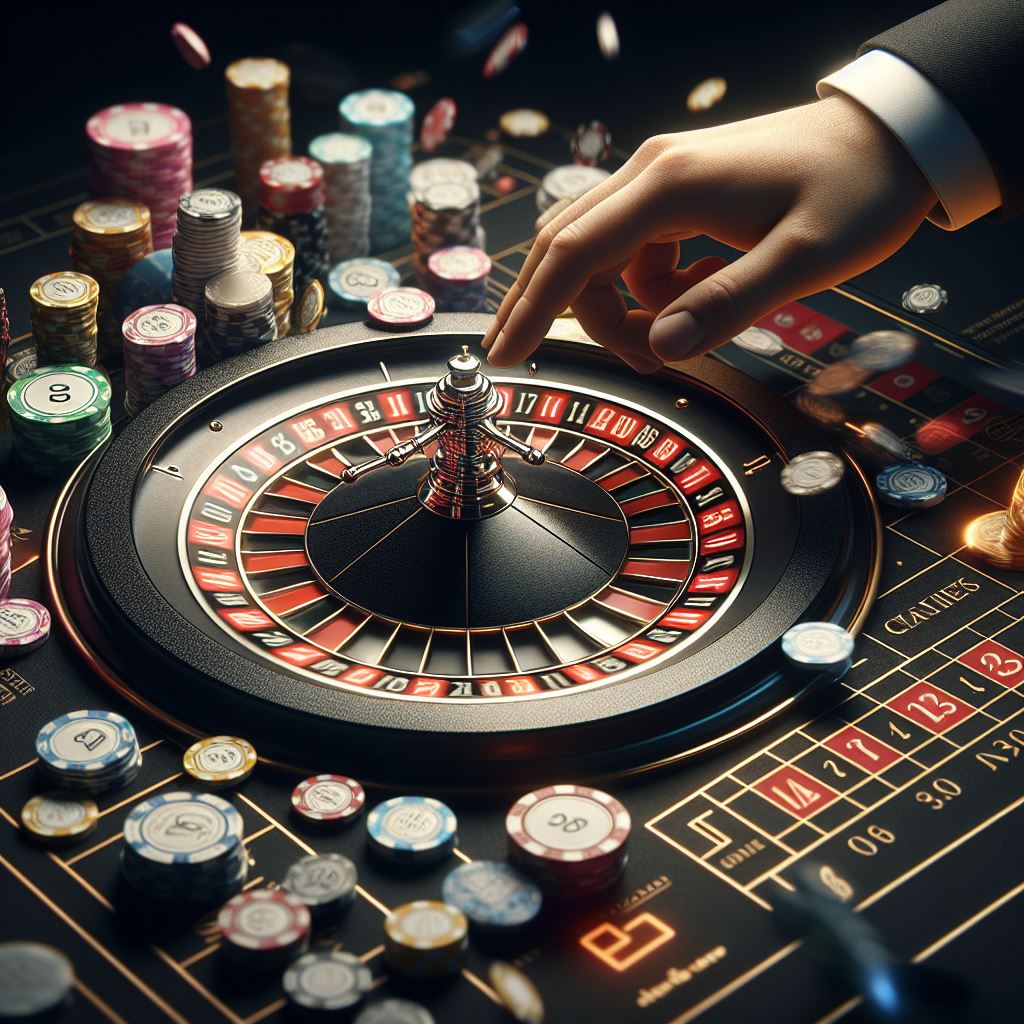In the lively and exciting world of gaming establishments, wherein luck and tactics intertwine, hues and design play a pivotal role in attracting players. From the moment players step inside a casino or access a gaming platform, they are immersed in a sightly feast that captures their attention and entices them to explore further. Vivid colors, captivating graphics, and innovative layouts are carefully crafted to create an environment of excitement and anticipation, ultimately enhancing the gaming encounter.
As players navigate through the ever-changing landscape of casino games, they come across a range of designs that not only serve visual purposes but also affect feelings and decision-making. Hues like red and gold symbolize riches and fortune, while soothing navy and greens can create a much relaxed environment. Grasping how these elements work together allows casinos to create an inviting and stimulating atmosphere that encourages players to engage with the games, invest more time at the tables, and increase their general enjoyment.
The Study of Tint in Gambling Games
Tint plays a critical role in the design of gambling games, influencing players’ emotional states and responses. Bright and vibrant shades, such as red and amber, are often used to incite excitement and attract attention. These hues create a sense of pressure and vitality, encouraging participants to engage more enthusiastically with the game. By strategically selecting tints, creators aim to inspire feelings of joy and excitement, which can enhance the complete game experience.
Distinct colors also have psychological associations that can impact how gamblers perceive their possibilities of winning. For case, green is often associated with luck and wealth, making it a frequent choice in activities like the roulette wheel and poker games. This connection can cause gamblers to feel more hopeful and assured in their play, ultimately motivating them to bet more. Understanding these connections allows game designers to design environments that enhance player satisfaction and engagement.
In addition, the layout of gaming interfaces often uses color gradients and opposing colors to instruct player actions. SODO66 App For example, winning results may be emphasized with striking, contrasting shades, creating a visual incentive. This technique reinforces successful results and promotes repeated gameplay. By leveraging the psychology of color, casinos can design games that not only attract gamblers but also maintain them interested and committed in their game experience.
Creative Elements that Engage Gamers
The aesthetic appeal of casino games is primarily influenced by the implementation of vibrant colors. Bright and contrasting colors are strategically chosen to create an appealing atmosphere that captures attention. For instance, crimson and golds often signify good fortune and wealth, which is why they are prevalent in the color schemes of slot machines and table surfaces. These colors not only draw players in, but they also stir emotions related to thrill and anticipation, enhancing the total gaming experience.
In parallel to color, the design and layout of gambling games play a crucial role in player attraction. Games are designed to be user-friendly, ensuring that players can quickly understand the rules and gameplay. Accessible interfaces, along with captivating graphics and motion, help maintain player interest and promote longer play sessions. The physical elements, such as the feel of the buttons and the audio of the games, also add to a comprehensive sensory experience that keeps players immersed.
In conclusion, conceptual elements in game design can greatly influence player choice. Many casino games are inspired by media, fairy tales, or exploration motifs, featuring symbols and characters that connect with players. These themes create a sense of immersion and connection, making each game feel distinct. When players feel a connection to the concept, they are more likely to opt for that game over others, leading to higher participation and enthusiasm within the gambling environment.
Case Studies: Notable Casino Table Game Designs
One prime example of impressive casino game design is the popular slot machine series based around blockbuster movies. Games such as those based on the The Wizard of Oz and Game of thrones utilize bright colors and top-notch graphics to enthrall players in familiar narratives. The use of moving visuals and engaging sound effects takes the interest of players, building an emotional connection to the theme. This strategy not just fosters longer play but also enhances the overall gaming experience, yielding increased player retention.
Another notable case is the use of color psychology in table games like 21 and roulette. Casinos often create these games with rich reds and greens, colors traditionally linked with luck and wealth. For instance, the emerald felt on a blackjack table provides a relaxing effect, while the red accents in the wheel invite anticipation. This thoughtful use of color helps to foster an inviting atmosphere that encourages players to engage, satisfying their psychological impulses and increasing their enjoyment. SODO88 App
Finally, social casino games that include social features and bright, colorful designs have experienced remarkable success in engaging players. Games like Zynga Poker and Slotomania leverage bright colors and playful animations to forge an inviting online environment. The inclusion of leaderboards, social sharing options, and in-game rewards fosters competition and community, pulling players in for longer sessions. Such designs not just make the games visually appealing but also emphasize social connectivity, a key factor in player retention and engagement within online casino environments.

